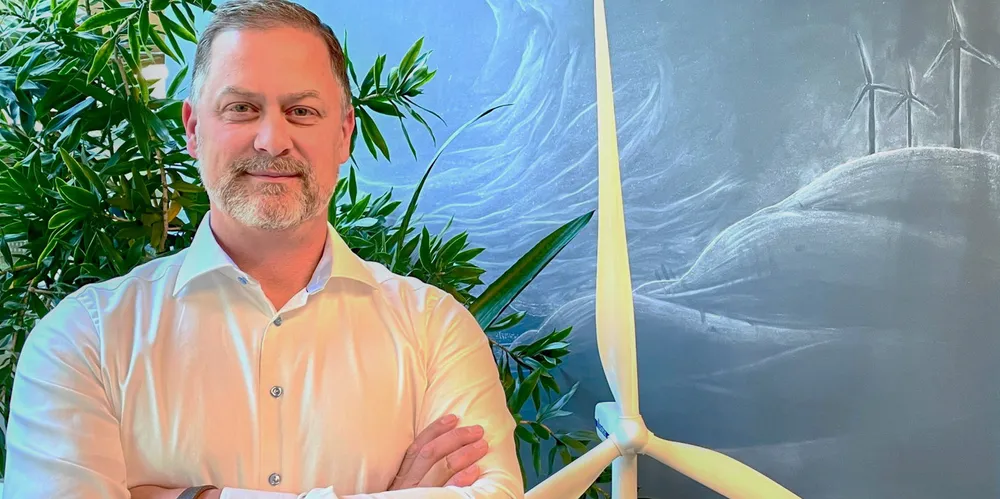'Optimising today's offshore wind turbines will build US skills and supply chain – sustainably'
The Olympian rush to engineer ever-bigger machines was crucial to the sector's ascent into the global energy mainstream. But now, writes John Eggers, not least in a fledgling play like the US, a new growth model is needed that creates an industry around it
